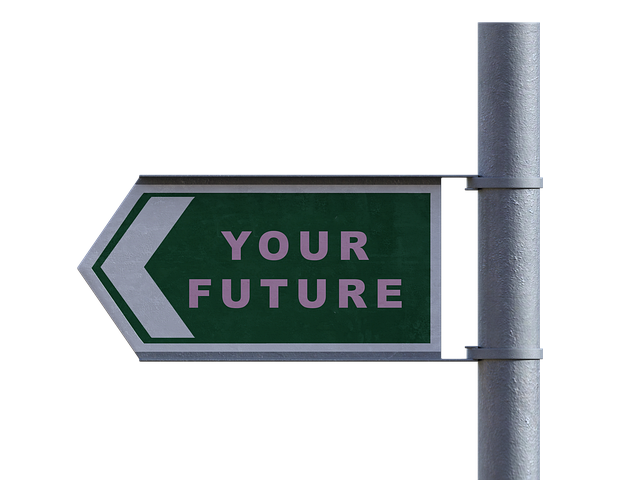Pop-up shops are revolutionizing urban landscapes by transforming vacant lots and abandoned buildings into vibrant, temporary retail spaces that benefit property owners and local entrepreneurs alike. This trend gains traction in bustling cities with common empty spaces, fostering change for developers and consumers. By monetizing underutilized assets, reducing maintenance costs, and promoting diverse local talent, pop-up shops enhance area appeal, increase foot traffic, and leave a lasting impression, making them a mutually beneficial arrangement within the real estate sector.
Pop-up shops are transforming vacant spaces into vibrant hubs, breathing new life into underutilized real estate. This innovative concept offers a win-win solution: landlords gain temporary income while entrepreneurs get access to prime locations. In this article, we explore the rise of pop-up shops as a revitalizing force for cities, examining their benefits for both real estate owners and local communities. We’ll also delve into key strategies for successful implementation.
The Rise of Pop-Up Shops: A New Lease on Life for Vacant Spaces

In recent years, a novel approach to revitalizing urban landscapes has emerged: pop-up shops. These temporary retail spaces are transforming vacant lots and abandoned buildings into vibrant hubs of activity, breathing new life into what was once seen as dead real estate. The concept is simple yet powerful—by leasing these spaces to diverse businesses for short periods, property owners can generate income while communities gain access to unique shopping experiences.
Pop-up shops offer a win-win situation in the realm of real estate. For landlords, it’s a creative way to monetize underutilized assets and attract new tenants. Meanwhile, local entrepreneurs and artisans benefit from affordable rental rates and the opportunity to showcase their products to a diverse customer base. This trend has particularly been noticed in bustling cities where vacant spaces are common, creating an exciting atmosphere of change and possibilities for both property developers and consumers.
Benefits for Real Estate Owners and Local Communities

Pop-up shops offer a win-win situation for both real estate owners and local communities. For property owners, it’s an opportunity to monetize vacant spaces that might otherwise incur maintenance costs or attract negative attention. By leasing their properties to pop-up stores, they can generate additional income while contributing to the area’s vibrancy.
These temporary retail spaces also benefit local communities by breathing new life into underutilized areas. They encourage foot traffic, fostering a sense of community and potentially leading to increased patronage for neighboring businesses. Pop-up shops often showcase local talent and products, promoting diversity and supporting small enterprises, which are integral to the fabric of many neighborhoods.
Strategies for Successful Pop-Up Shop Implementation

Pop-up shops offer a creative and flexible solution for vacant real estate spaces, providing an opportunity to breathe new life into areas that might otherwise remain neglected. For a successful implementation, careful planning is key. Business owners should first assess the location’s potential customer base and align it with the brand’s target audience. This ensures a good fit between the shop’s offerings and the surrounding community, fostering a sense of belonging and increasing foot traffic.
Additionally, maintaining an engaging and visually appealing storefront is essential. Pop-up shops can utilize creative displays, interactive elements, and seasonal themes to attract attention and create a memorable experience. Real Estate strategies should also consider cross-promotion with nearby businesses or local influencers to amplify reach and build anticipation. Effective marketing campaigns, combining digital and traditional methods, will help generate buzz and ensure the shop’s success during its limited duration.






